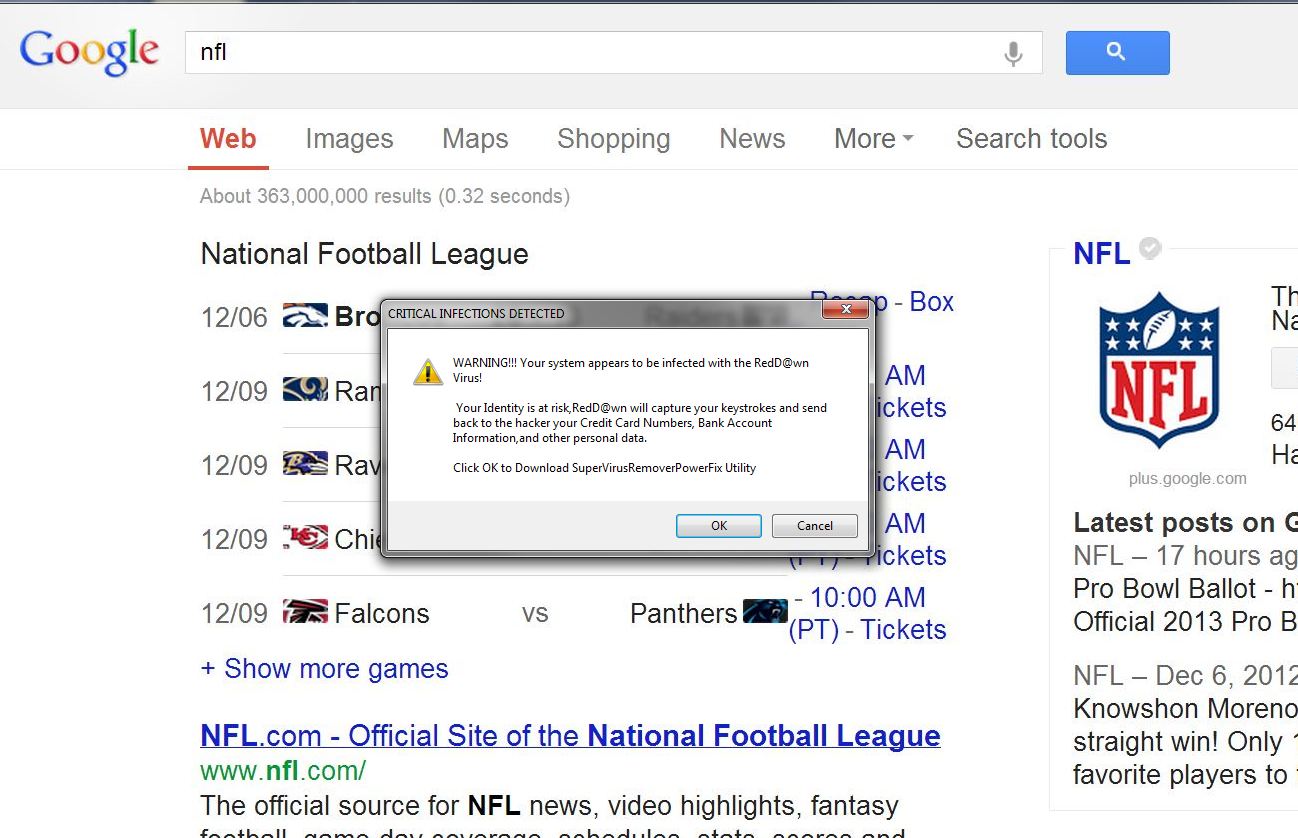Computer Virus Removal Instructions

Here is a breakdown on how you can remove a computer virus like the professional. Use some of the same tools I use to remove virus, adware, spyware, malware, etc with 95% success. The best of all these tools that I will share with you are FREE; many have paid versions of the software, however the Free versions of the removal tools can help remove these virsus.
Today there are many people out there trying to take your money, in my opinion to pay over $100 for a virus removal is Ridiculous!
Do not fall victim, to these so called EXPERTS. Before you go paying hundreds of dollars or sign up for a monthly online service, read this tutorial and see if you can't perform the virus removal yourself.
Steps to Prevent Getting a Computer Virus
So, How do I keep computer viruses off my computer?
The most important thing you can do is educate yourself.- What Anti-Virus do you have ?
- Do you have an Anti-virus software solution ?
- If you do not have an Anti-virus installed consider that many people on the internet today need a layering of security programs. My choice for Antivirus is Avast Antivirus they offer Anti-virus for Home and for Business, AND NOW "All public educational institutions in the US are eligible to use AVAST’s premium, business-grade Endpoint Protection Suite at no cost." Email ECC for more information about this exciting program , I recommend adding Super Anti-Spyware
- Is the Program Up to Date ?
- Virus Definitions must be up to date otherwise the program will not be able to detect and/or remove the newest threats.
- The Program itself will often need updating to provide new tools and removal methods
- You need to be familiar with how your anti-virus software informs you of informational and detections. Trickery is the simplest way that a hacker will use to make you download the virus for them. Hackers create websites posed to look like legitimate sites, with similiar domain names or names that sound trustworthy. Like www.adobeacrobatdownload.com, this site will pop up with a message informing you that your computer is infected. The hacker uses very scary language like trojan horse, ID-theft, stolen identity.
Recently I have seen a large spreading of a fake FBI page informing the user that the FBI has noticed that they have been downloading pirated music and even downloaded child pornagraphy. As you can imagine this gets the person's attention very quickly and often scares them into downloading a program claiming to fix the issue and remove the virus. This is the virus, DO NOT CLICK FIX OR DOWNLOAD My favorite analogy for this is: You are a fish in the ocean and all the sudden you see a worm floating by, if you get excited and bite, you will be hooked. However, if you swim around and examine the 'worm' closely you will see the string and the hook.So, how do you swim around the 'worm'
By knowing what a real worm looks like, meaning if your actuall Anti-virus detects a virus what will it look like?- What does it's pop up messages look like ?
- Where on the screen do the windows appear ?
- What color scheme do they use ?

- Do you have an Anti-virus software solution ?
- Lastly, READ all messages before clicking on them Here is an example of the fish analogy. You are on the internet surfing the web, let's say looking up NFL standings, when a pop up appears that tells you that you are infected. 99% of the time the message will ask you if you wish to fix or download some program to resolve the issue. Again, this is the virus. YOU DO NOT HAVE TO CLICK OK. And this is where educating yourself comes into play. Know that you do not have to accept these messages. In fact, I recommend not clicking either option, try first the Close 'X' (Red X in the upper right hand corner of the window).
Next, not all viruses can be removed using free tools but a lot can. You may find yourself with a difficult infection that is very stubborn to removal, or you may not be able to do anything, if so DO NOT FRET call we will get it for you.
Without, further delay here are the first steps...
Steps for Successful Virus Removal
Safe Mode with Networking
In order to remove most computer viruses you should boot windows into Safe Mode so that the minimum drivers and services will be loaded. By doing this you can prevent certain malware programs from starting up. In normal mode you may not be able to start your anti-virus program, your task manager may be disabled, or several other tricks the malware can do to prevent you from removing the virus. If you are not familiar with how to enter safe mode, click on the heading to get a walk-through of how to enter safe mode for Windows XP, Vista, and Windows 7.Scan with the following virus removal tools and software.
- Root-kits (TDSSKILLER)
- Malwarebytes Anti-Malware
- Super Anti-Spyware
- Update Anti-virus or Install New
- Full Virus Scan (boot scan if available)
- Normal Mode
- Update Windows
